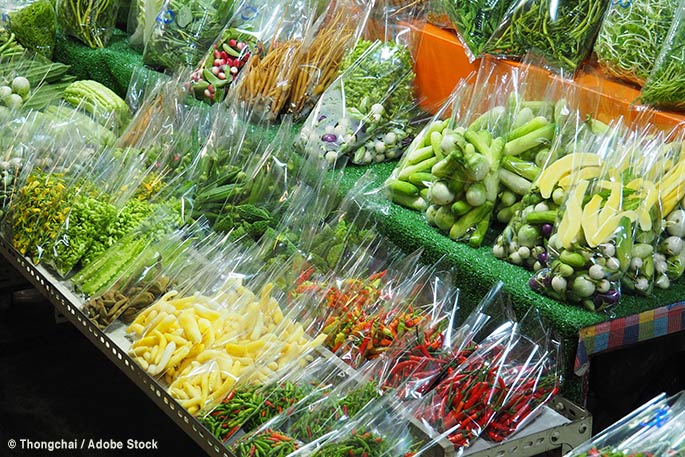
Packaging accounts for most of the increase in plastic production over the years. Plastic originates from Crude oil and a number of natural resources; single-use plastics reside in this category. Single-use plastics revolutionized multiple market sectors, including healthcare, technology, and consumer products. Unfortunately, they also negatively affect the environment.
What are Single-Use Plastics?
Single-use plastics are designed for one-time use. Familiar examples include water bottles, straws, and plastic bags. Packaging, however, is less formally acknowledged.
How do Single-Use Plastics Affect the Environment?
Single-use plastics account for 40% of plastic usage. On average, plastic bags see about 15 minutes of action in their entire lifetime. Only 1% end up recycled. In addition, of the 50 billion water bottles consumed in the United States, a meager 23% see another life. Notably, a whopping 52% of packaging lands in the garbage. Scientists estimate the half-life of plastic at between 10 and 450 years on the conservative side, and waste disposal methods grow ineffective as plastic drains to the oceans.
How to Mitigate Plastic Consumption
Reducing one’s plastic footprint takes commitment. Thankfully, choices abound.
Choose alternative packaging
Pick biodegradable, paper, or no packaging at the store. Some stores already sell their products without added packaging- Aldi’s offers plastic bags for your groceries at an additional cost. Lush sells beauty products without packaging, and any plastic containers they offer can be returned to the store for reuse.
Don’t Buy if it’s Not Necessary
Before you buy, ask yourself if it’s necessary. If it’s packaged in plastic and you can do without it, don’t buy it right away. The environment will thank you.
Embrace Reusables
The common refrain lauds reusable bags and water bottles- but the tired chorus truly does make a difference. By remembering that shopping bag, you can avert 307 plastic bags going to the landfill per year. By chugging from that reusable bottle, you can rescue 13 plastic bottles per month from ending up in the ocean.
Conclusion
The environment takes a beating from all the plastic produced on earth. It’s time to give it a break. Make your choices sustainable, not disposable.
Not ready to say goodbye to plastic for good? Contact us for more information on recycling options, or visit our blog for more ideas on environmental sustainability.











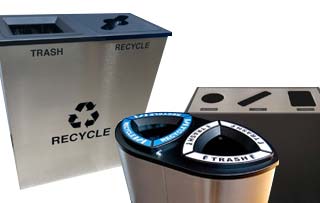









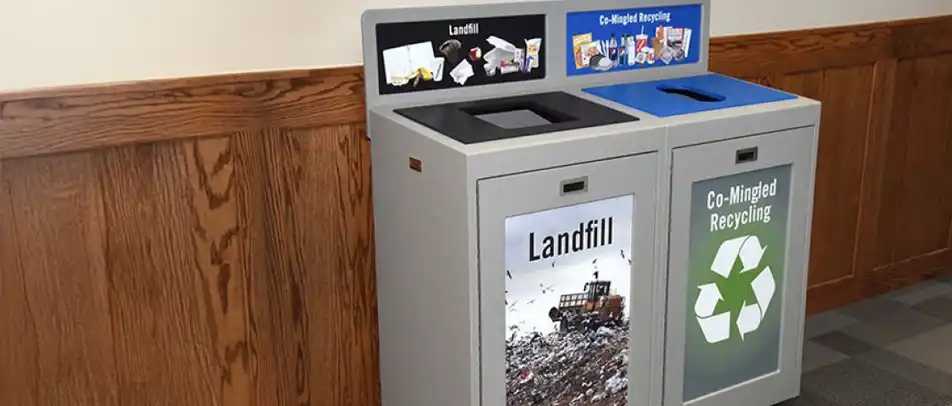










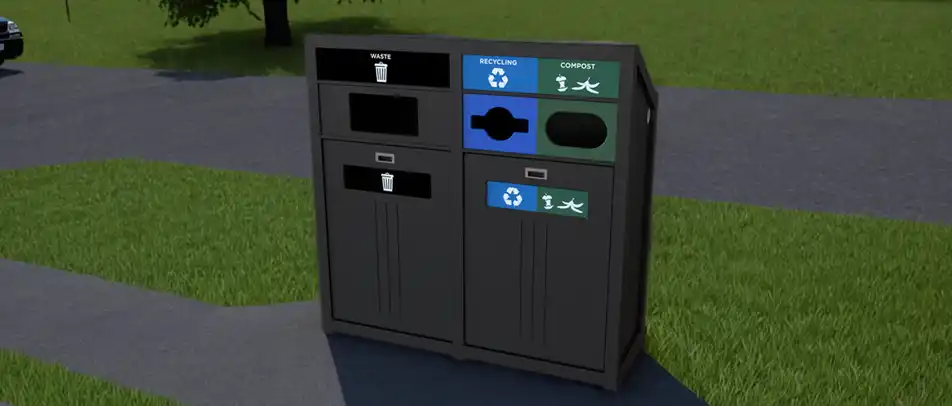












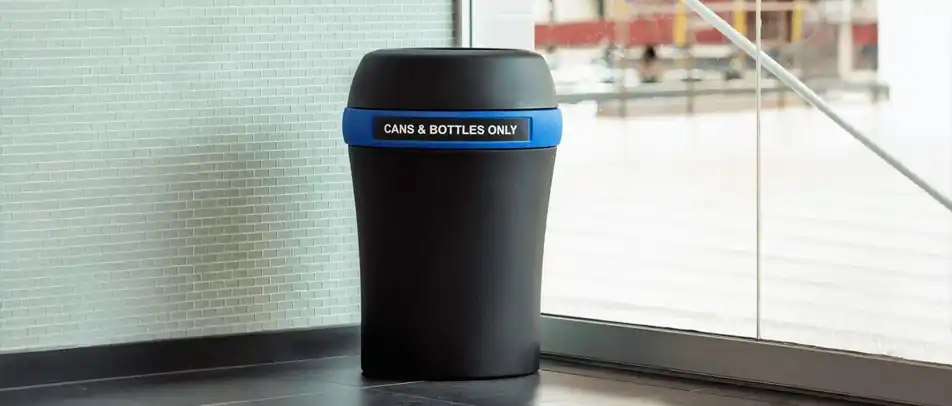









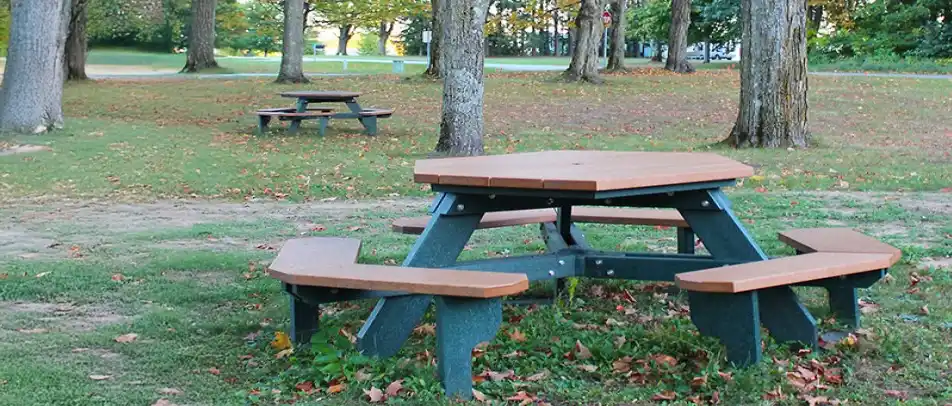
































 Three Ways to Engage Teams and Clients to Maximize Your Recycling Program Engagement
Three Ways to Engage Teams and Clients to Maximize Your Recycling Program Engagement  How to Integrate Accessibility Into Your Sustainability Planning
How to Integrate Accessibility Into Your Sustainability Planning  Why Park Benches Can Promote Workplace Well-Being
Why Park Benches Can Promote Workplace Well-Being 
